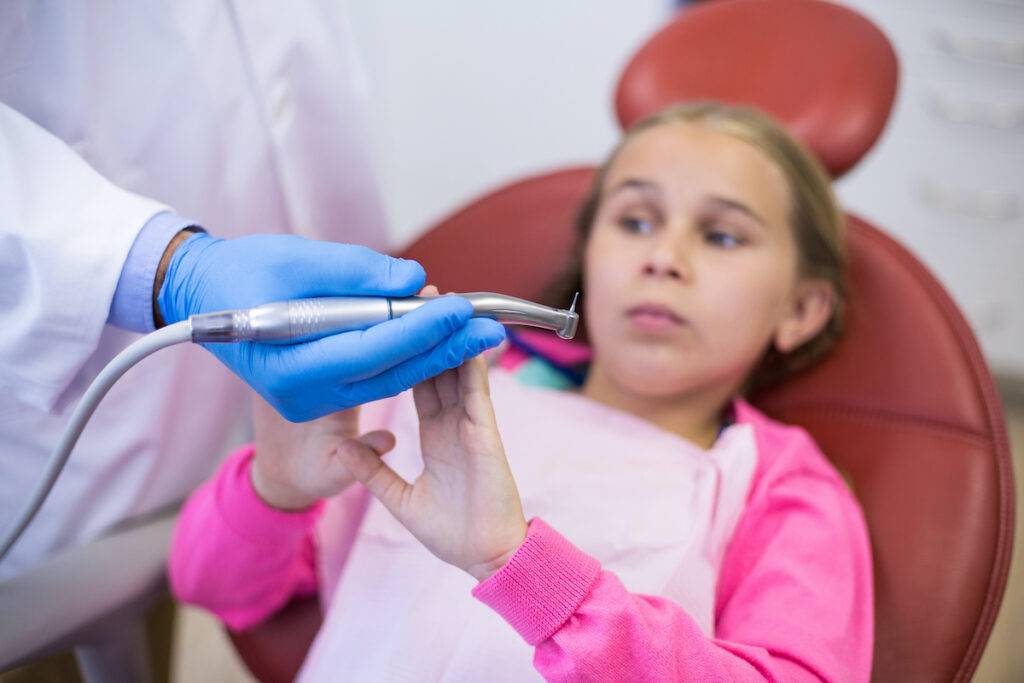Effective orthodontic treatment relies not only on the expertise of the orthodontist but also significantly on the patient’s commitment and cooperation.
Educating and engaging patients is crucial to ensure better compliance with treatment plans and higher satisfaction levels. This blog explores strategies to enhance patient education and engagement in orthodontics, ultimately leading to successful treatment outcomes.
The Importance of Patient Education
Patient education is the foundation of effective orthodontic care. When patients understand their treatment plans, the reasons behind them, and what to expect, they are more likely to adhere to recommendations and maintain a positive attitude throughout the process.
Comprehensive education helps demystify orthodontic procedures, alleviating anxiety and building trust between the patient and the orthodontist.
Strategies for Effective Patient Education
Clear Communication:
Use simple, non-technical language to explain the treatment plan, procedures, and expected outcomes. Visual aids, such as diagrams, models, and videos, can enhance understanding and retention of information.
Tailored Information:
Provide personalized information that addresses the specific needs, concerns, and preferences of each patient. This approach ensures that patients receive relevant and applicable advice.
Interactive Education Tools:
Utilize digital tools such as interactive apps, online portals, and virtual consultations to provide accessible information. These tools can help patients track their progress, manage appointments, and access educational resources conveniently.
Written Materials:
Offer brochures, pamphlets, and written guides that patients can take home. These materials should cover essential topics such as oral hygiene, dietary recommendations, and what to do in case of an emergency.
Consistent Follow-Up:
Regularly check in with patients to reinforce educational messages, address any questions or concerns, and provide ongoing support. Follow-up appointments and communications can help ensure that patients remain informed and engaged throughout their treatment.
Enhancing Patient Engagement
Engagement goes beyond education; it involves actively involving patients in their treatment process and encouraging their participation and commitment.
Goal Setting:
Collaboratively set realistic and achievable treatment goals with the patient. This approach helps patients understand the importance of their role in the treatment process and motivates them to stay committed.
Involving Families:
For younger patients, involve parents or guardians in the education and engagement process. Educating and engaging families can create a supportive environment that reinforces adherence to treatment guidelines.
Positive Reinforcement:
Recognize and reward patients for their compliance and progress. Positive reinforcement, such as praise, progress charts, or small rewards, can boost motivation and adherence to treatment plans.
Patient-Centered Care:
Adopt a patient-centered approach that respects individual preferences and values. Encourage patients to voice their opinions, preferences, and concerns, and involve them in decision-making processes related to their treatment.
Empowering Patients:
Empower patients by providing them with the tools and knowledge to take an active role in their orthodontic care. Teach them how to manage their appliances, maintain oral hygiene, and recognize potential issues that may require professional attention.
Technology and Patient Engagement
Advancements in technology have opened new avenues for patient education and engagement in orthodontics.
Teleorthodontics:
Virtual consultations and follow-up appointments can provide patients with convenient access to their orthodontist, reducing the need for frequent in-office visits and enhancing engagement.
Mobile Apps:
Orthodontic mobile apps can offer a range of features, from appointment reminders and progress tracking to educational resources and interactive tools that encourage patient participation.
Social Media and Online Communities:
Leverage social media platforms and online communities to share educational content, patient testimonials, and success stories. These platforms can foster a sense of community and support among patients.
Measuring Success
To evaluate the effectiveness of patient education and engagement strategies, orthodontic practices should regularly assess patient satisfaction, compliance, and treatment outcomes. Surveys, feedback forms, and regular check-ins can provide valuable insights into patients’ experiences and identify areas for improvement.
Patient education and engagement are critical components of successful orthodontic treatment. By adopting clear communication, personalized information, interactive tools, and a patient-centered approach, orthodontists can enhance patient compliance and satisfaction.
The integration of technology further supports these efforts, making it easier for patients to stay informed, engaged, and motivated throughout their orthodontic journey.
Ultimately, a well-informed and engaged patient is more likely to achieve the desired treatment outcomes and enjoy a positive orthodontic experience.


